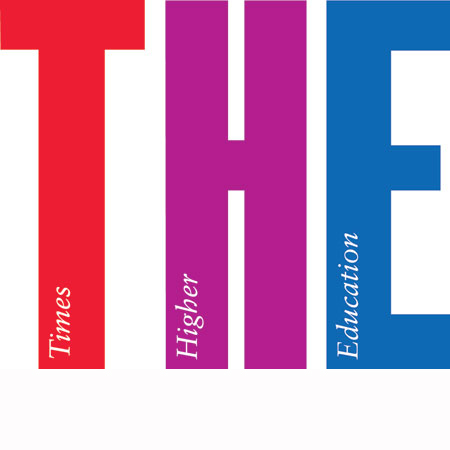
Florida State University is among the best universities in the United States —and the world —according tothe Times Higher Education World University Rankings 2015-2016.
Florida State is one of 147 U.S. institutions on the list of 800 universities ranked worldwide. Among U.S. public universities, Florida State is tied with 10 other institutions at No. 32 on the list.
“Florida State University’s preeminence is recognized internationally, and this new ranking reflects our emerging reputation among the world’s best universities,” said President John Thrasher. “I’m particularly pleased that our faculty’s role in spreading new knowledge and ideas was acknowledged in this ranking.”
The Times Higher Education World University Rankings is one of two international surveys used by the Florida Board of Governors when considering state universities’ preeminence funding.
“We are pleased to have moved up dramatically to a tie for the 32nd-best U.S. public university worldwide,” said Interim Provost Sally McRorie. “The criteria of teaching and learning environment, research volume and reputation, citations, international outlook and industrial income were well met by ourexpanding preeminence in research, teaching and student success.”
Overall, Florida State was grouped with international universities ranked between 201-250 on the list. Florida State placed in the top 25 percent in two of the five primary pillars used to determine the rankings —teaching and research.
Times Higher Education is a London-based news magazine that reports on higher education. TheTimes Higher EducationWorld University Rankings are the only global performance tables that judge research-intensive universities across all their core missions: teaching, research, knowledge transfer and international outlook.
The publication uses 13 performance indicators grouped into five primary areas in its methodology: teaching (the learning environment), 30 percent; research (volume, income and reputation), 30 percent; citations (research influence), 30 percent; international outlook (staff, students and research), 7.5 percent; and industry income (knowledge transfer), 2.5 percent.




